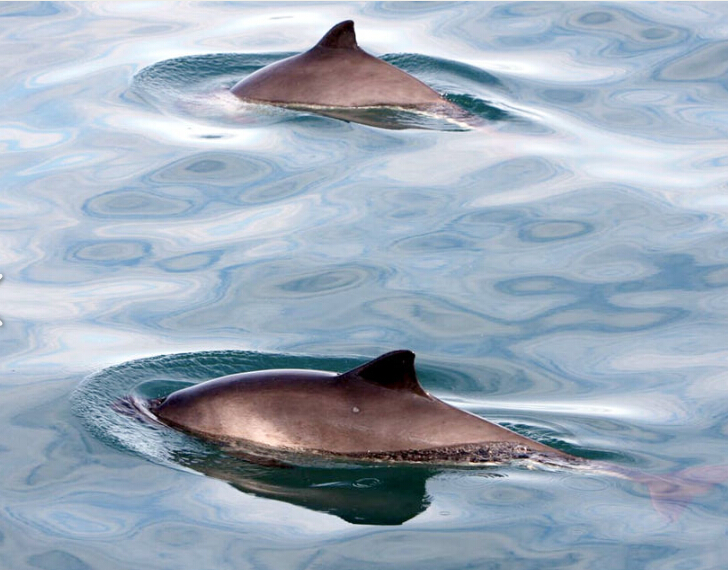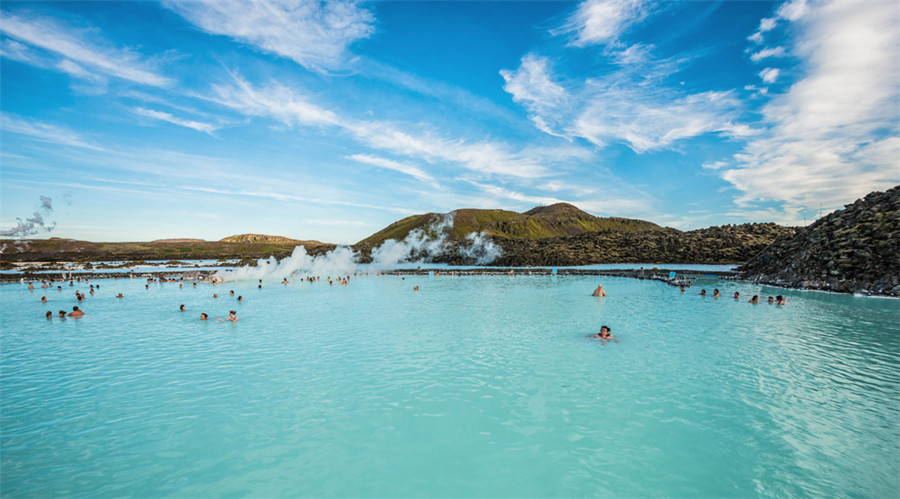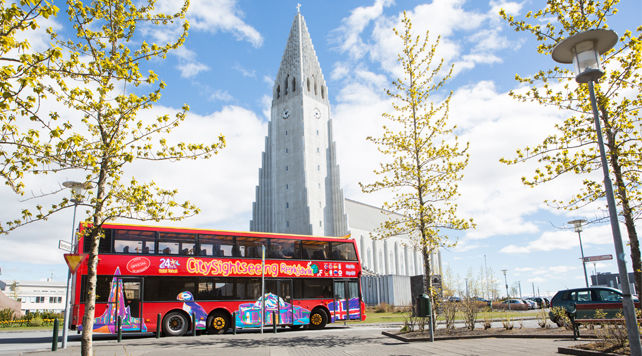The Ultimate Iceland Travel Guide: Reykjavik, Golden Circle, South Coast & Beyond

The Ultimate Iceland Travel Guide: Reykjavik, Golden Circle, South Coast & Beyond
This comprehensive guide details a classic Icelandic itinerary, looping from the vibrant capital of Reykjavik through the legendary Golden Circle, down the dramatic South Coast with its glaciers, waterfalls, and black sand beaches, and back to the city for a final adventure. It is designed for travelers seeking a profound encounter with Iceland's raw, elemental beauty.
Introduction to Iceland
Iceland, the "Land of Fire and Ice," is a Nordic island nation straddling the North Atlantic and Arctic Ocean. It is a country of stark contrasts, where volcanoes simmer under glaciers, geysers erupt from the earth, and the summer's midnight sun gives way to the winter's dancing Northern Lights. The journey outlined here encapsulates the essence of Iceland's diverse landscapes, from urban culture to untamed wilderness.
Part 1: Arrival and Exploring Reykjavik
The journey begins in Reykjavik, the world's northernmost capital city. Despite its small size, it is a hub of creativity, culture, and colorful architecture.
Key Attractions in Reykjavik
Food & Drink in Reykjavik
Reykjavik's food scene has exploded with New Nordic cuisine. Beyond the infamous fermented shark (hákarl), travelers should try:
For a fine-dining experience, restaurants like Dill or Grillmarkaðurinn (The Grill Market) offer innovative takes on local ingredients.
Accommodation Tips
Reykjavik offers a wide range of accommodations, from luxury hotels like
Canopy by Hilton to boutique guesthouses and budget-friendly hostels. Staying in the city center (101 postcode) is recommended for easy access to restaurants and attractions.Part 2: The Legendary Golden Circle
The Golden Circle is a 300-kilometer tourist route that covers three of Iceland's most spectacular natural attractions, easily accessible as a day trip from Reykjavik.
Þingvellir National Park
A site of profound historical and geological significance. It is where the North American and Eurasian tectonic plates are pulling apart, creating a vast rift valley. It was also the original site of the Alþingi, one of the world's oldest parliamentary institutions, established in 930 AD. Visitors can walk between the continents at Almannagjá gorge and see the clear waters of Silfra Fissure, a world-renowned diving and snorkeling site.
Geysir Geothermal Area
Home to the Great Geysir, from which all other geysers get their name. While Geysir itself is mostly dormant, its neighbor, Strokkur, erupts reliably every 5-10 minutes, shooting a column of boiling water up to 40 meters into the air. The entire area is a bubbling, steaming landscape of hot springs and fumaroles.
Gullfoss Waterfall
The "Golden Falls" is a powerful two-tiered cataract that plummets 32 meters into a deep canyon. The sheer volume of water and the roar are awe-inspiring. On sunny days, rainbows are often seen dancing in the mist. A network of paths provides different vantage points of this majestic waterfall.
Part 3: The South Coast to Vík
The journey along Iceland's South Coast is one of the world's great road trips, featuring an incredible density of natural wonders.
Seljalandsfoss and Gljúfrabúi Waterfalls
Seljalandsfoss is a graceful 60-meter waterfall that visitors can walk behind, offering a unique perspective (and a guaranteed soaking). A short walk to the east lies Gljúfrabúi, a hidden waterfall tucked inside a majestic canyon, accessible by wading through a small stream or climbing over rocks.
Skógafoss Waterfall
A massive, powerful waterfall with a 60-meter drop and a 25-meter width. The spray produced often creates single or even double rainbows on sunny days. A steep staircase leads to a viewing platform at the top, offering breathtaking views of the coastline. This waterfall marks the start of the famous Fimmvörðuháls hiking trail.
The Sólheimasandur Plane Wreck
The skeletal remains of a US Navy DC-3 that crash-landed on the black sand beach in 1973. All crew members survived. The wreckage has been stripped by the elements and decades of visitors, creating an eerily photogenic landmark. Access involves a flat, 7-kilometer round-trip walk from the parking area on Route 1.
Reynisfjara Black Sand Beach
Near the village of Vík, this is one of the most famous non-tropical beaches in the world. Its striking black sand is composed of volcanic basalt, and the beach is framed by spectacular basalt sea stacks (Reynisdrangar) and a cave of columnar basalt.
Extreme caution is required due to "sneaker waves" – powerful, unexpected waves that can drag people out to sea. Always keep a safe distance from the water.The Village of Vík í Mýrdal
Iceland's southernmost village, a small but vital community nestled under the Mýrdalsjökull glacier, which covers the formidable Katla volcano. It's a perfect base for exploring the South Coast. The iconic red-roofed church on the hill is a famous photographic subject.
Part 4: Vatnajökull National Park - Glaciers and Icebergs
Moving east from Vík, the landscape becomes even more dramatic as you enter the realm of Vatnajökull, Europe's largest glacier.
Jökulsárlón Glacier Lagoon
A breathtaking lagoon filled with icebergs calving from the Breiðamerkurjökull glacier tongue. The icebergs float serenely in the deep blue water before making their way out to sea. Boat tours (amphibious and zodiac) are available to get up close to the ice formations.
Diamond Beach
Just across the road from Jökulsárlón, where the icebergs wash up on the black sand shore of the North Atlantic. The contrast of the glittering, crystal-clear ice against the dark sand creates a stunningly beautiful and surreal landscape, especially at sunrise or sunset.
Blue Ice Cave Tours
In winter (typically November to March), guided tours take visitors into natural ice caves formed within the glaciers. These caves, with their translucent blue walls, are a magical and otherworldly experience.
It is imperative to visit ice caves only with a certified guide, as conditions are constantly changing and can be extremely dangerous.Part 5: Return to Reykjavik and Whale Watching
The journey loops back towards Reykjavik, with opportunities to revisit favorite spots or discover new ones.
Whale Watching from Reykjavik's Old Harbour
The waters off Faxaflói Bay are rich with marine life. Common sightings include Minke Whales, Humpback Whales, White-Beaked Dolphins, and Harbour Porpoises. Tours are operated year-round, though summer offers the calmest seas and highest chance of sightings. Operators provide warm overalls, but dressing in layers is essential.


